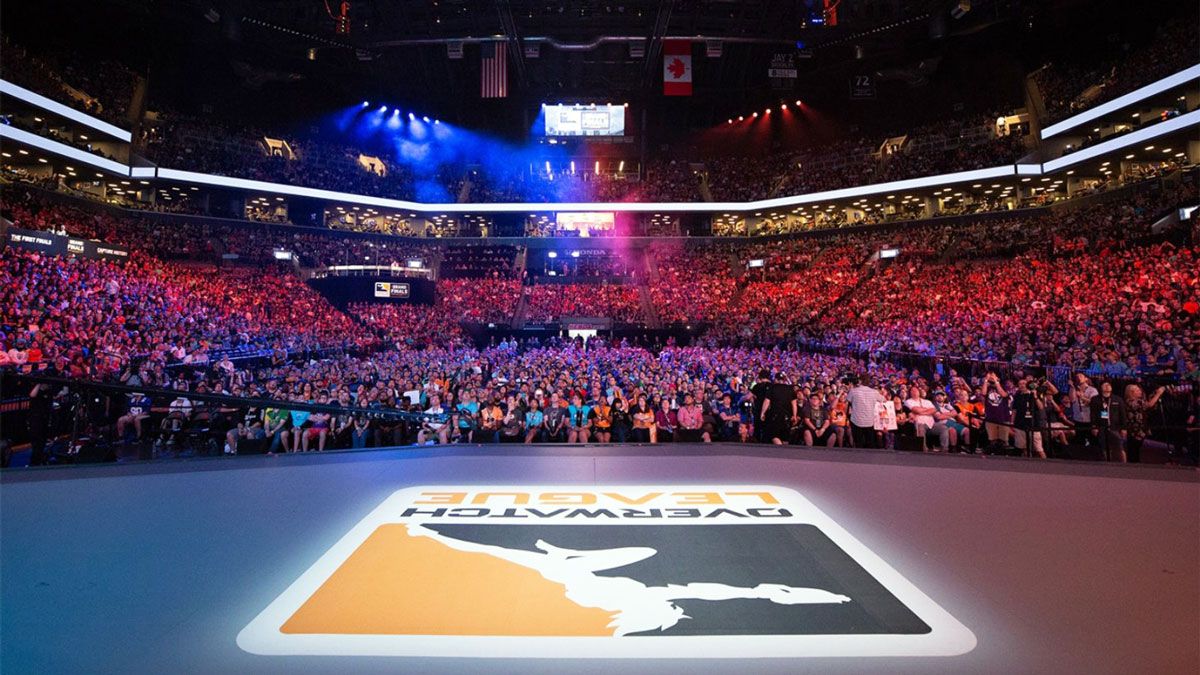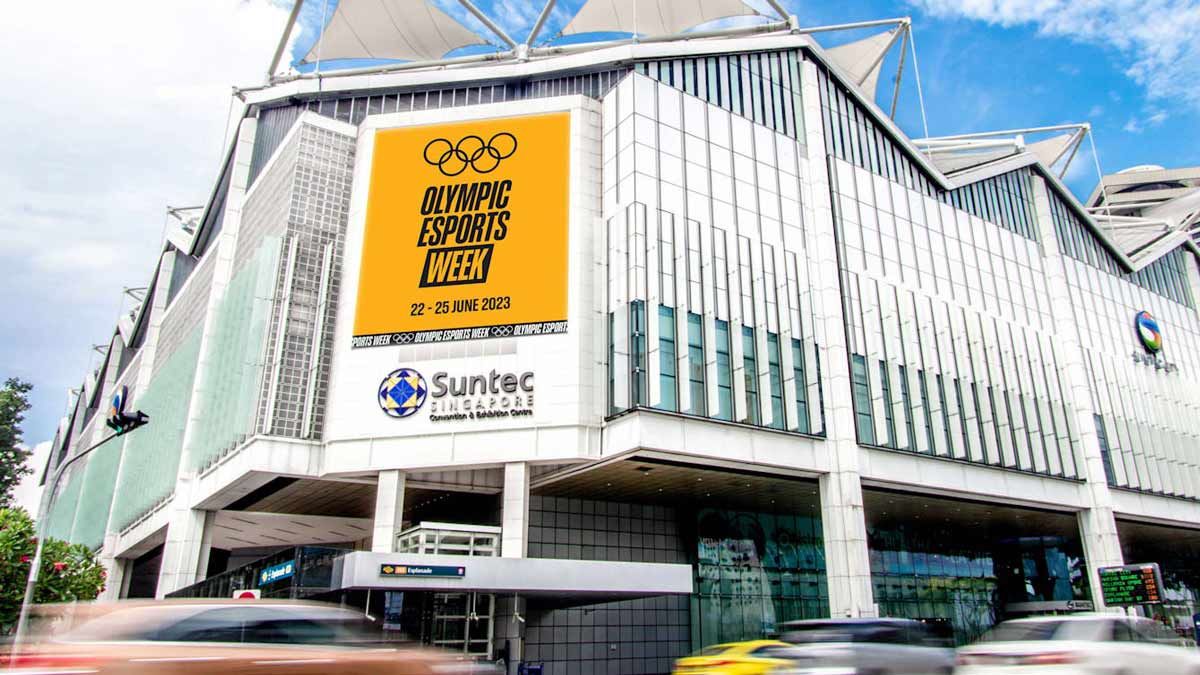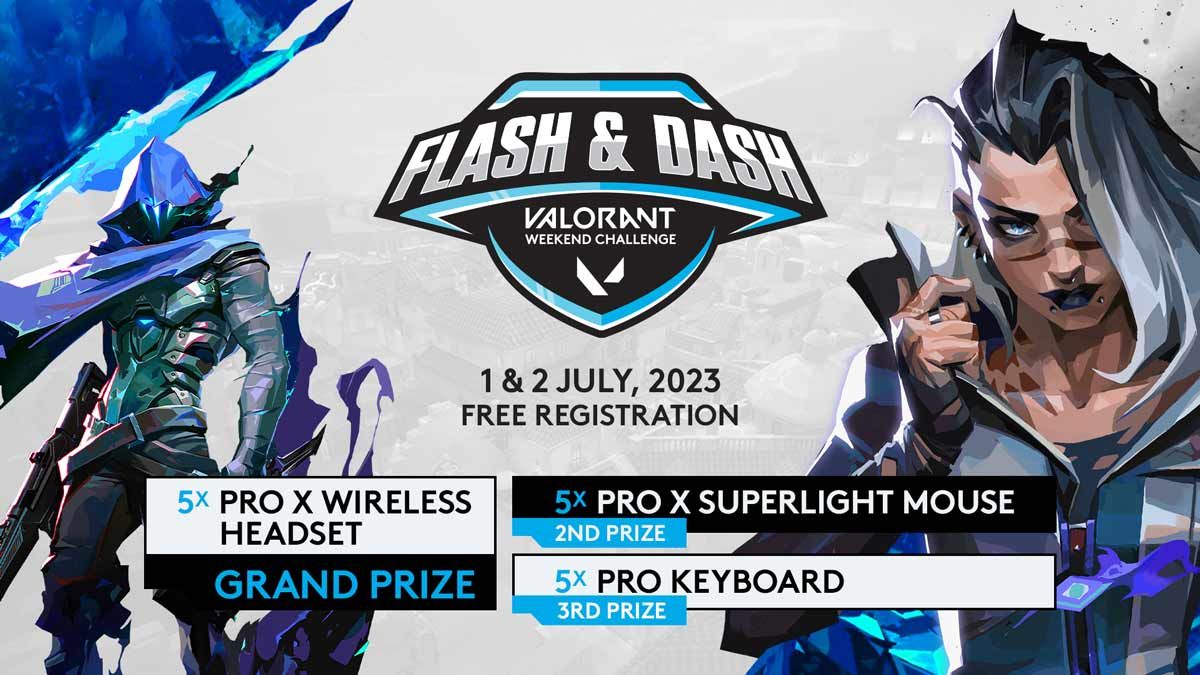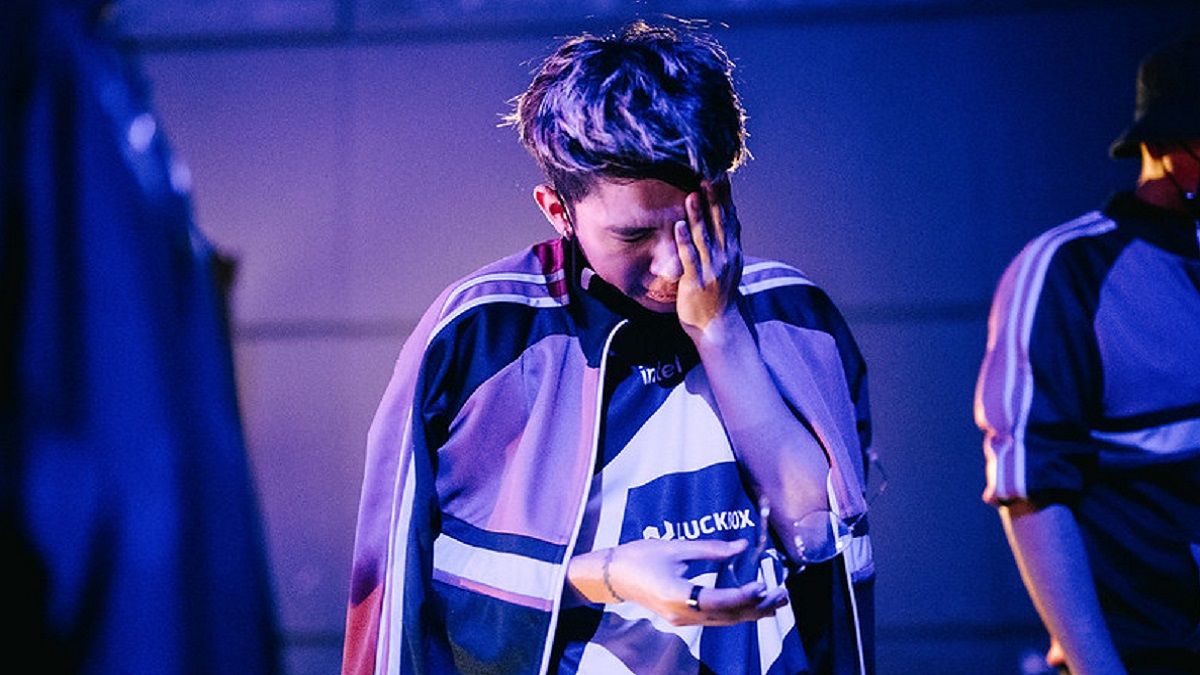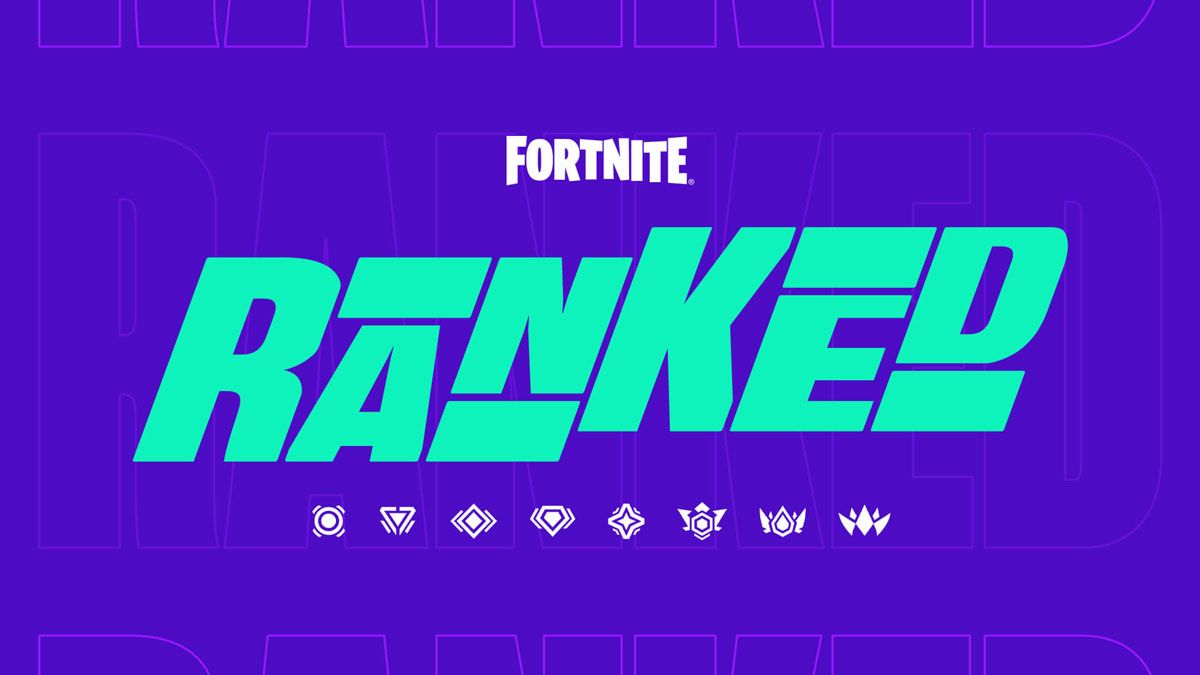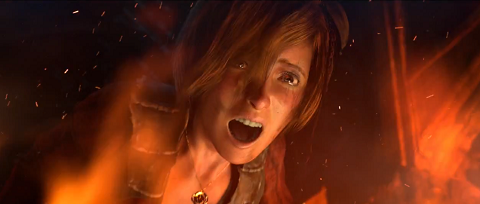
Diablo III is coming closer and from what we've seen it will blow our heads away in terms of cinematic quality. For the latest issue of Blizzard Insider, Vice President of Art and Cinematic Development Nick Carpenter and 2D Art Director Chris Thunig explained the process behind the creation of the latest video piece released - the Diablo III opening cinematic.
Nick and Chris go over various topics such as from where storylines originate, how do they put life in the characters and what were some of the earlier concepts for the opening cinematic.
Nick Carpenter: We have a fairly standard process in place. It starts when the game teams and the story leads meet to discuss everyone’s basic expectations, as well as the main themes and motifs of the game. We often go into this meeting knowing the major ‘tent poles’ of the storyline, and can start building out the other story details from there. In the case of Diablo III, we knew how the game would begin -- with the falling star crashing into the cathedral at New Tristram -- and we also knew how the game would eventually end [but we won’t talk about that just yet]. So we began by setting up the story with the intro and outro in mind, and those early meetings were really about creating the middle of the story which would connect the two end points.
Chris Thunig: Even after the initial story has taken shape, creating the cinematics remains a very fluid process. Good ideas can come from anywhere at any time, even very late in production, so we’re always on the lookout for ways to tweak things for the better. I don’t want to spoil the story, so I won’t go into too much detail, but I will say that we revisited the Act IV cinematic when the animators had some ideas about the way in which one of the characters performed a certain action, and how it needed a greater sense of defiance and heroism. We all agreed and decided to make changes to the action, even though we had progressed far into production at that point.
Once you have a rough idea of the story, how do you set about turning that idea into a cinematic?
Nick Carpenter: In addition to storyboarding all our ideas, we also focus a lot of time on the ‘animatics’ -- moving 2D storyboards that give a sense of timing and pacing. We also like to score our animatics with music from other movies to enhance the sense of the mood at atmosphere that we’re ultimately aiming for. As Blizzard gets bigger, it becomes more and more important to avoid what we call the ‘grand reveal,’ which is keeping your work to yourself until it’s almost 100% done. By that point, it’s far too late to incorporate feedback, and there’s always plenty of valuable feedback. A much better approach comes from building rough versions of the footage early and sharing with as many teams as possible as soon as possible. Animatics are very effective in that regard. We can build them quickly and still convey a lot of the elements and emotions we hope to capture in the final footage.
How does the 2D animatic evolve into 3D footage?
Chris Thunig: Once we have the animatic in a place where we like it, we start blocking things out in 3D and layering in sound. Animators and artists start with simple skeletons and rough backgrounds to flesh out the space. The first 3D animatic is often called the ‘slap comp’ and from it we get a sense for how the cinematic is evolving into 3D space. The slap comp goes out to many teams for feedback, and another round of iteration begins in which we start layering in more features, piece by piece. Details begin to emerge through rendering and painting, and eventually we start doing very subtle things, like supporting facial animations with muscle movement. These later stages can be very time consuming, which is why the earlier rounds of feedback are so vital. It’s important to start building all the meticulous details on top of a foundation that works.
How do you go about bringing specific characters to life? Where do all the details come from?
Chris Thunig: We use lots of real world reference. Early in the process various members of the team will act out the cinematic scenes on camera. This process works a lot like shooting live action, where actors take cues from directors and we get tons of takes. We even use props, as things like football shoulder pads can give actors a sense for the weight and bulk of angelic armor. People tend to move differently with costumes on, and you see this in their gestures and body language. All this footage goes to the artists and animators to use as reference.
When it comes time to create and animate the characters for the cinematic it’s a matter of getting the software to live up to the artistry. To aid the process we will sometimes look for reference to realize even seemingly trivial things. I remember we found a Blizzard employee with a haircut similar to Leah’s and we put her in front of a fan so the artists could study how her hair moves in the wind. Long render hours and many iterations later we head into the final polishing stage where a lot of tweaking and detailing takes place, and we try and give it that extra push that makes it a Blizzard-quality piece.
Were there any ideas for the intro cinematic that didn’t make the cut?
Nick Carpenter: Earlier versions of the cinematic were much more focused on the characters talking back and forth, mostly about the Eternal Conflict. We ultimately decided it was better to ‘show not tell,’ so we moved away from this direction and instead came up with the idea of establishing the Eternal Conflict by flashing back to it. We loved the concept of angels pouring down from the sky like a waterfall of diamonds into an ocean of demons, but there was no way we could create such sequences and still ship the game on time; it was essentially like adding another entire cinematic relatively late in the schedule.
That’s where the idea of the 2D animations originated. Here, we could show the same backstory in the context of a macabre, living storybook where the images come to life on the page. Through the constraint of time, we came up with the unique ‘storybook’ look for which I think the Diablo III cinematics will be remembered. This storybook grounds the sequence as a flashback -- without explicitly explaining that it’s a flashback -- and it even gives the viewer the sense that they are witnessing events with the weight of an epic, almost mythological past.
What technologies were used to create the intro cinematic?
Nick Carpenter: We use Pixar’s RenderMan as our primary rendering tool. It’s very good at displacing surfaces and adding both realistic motion blur and depth of field. During the development of StarCraft II’s cinematics it felt at times as though RenderMan was leading us, but for Diablo III we were able to apply what we learned during StarCraft II and get back in the driver’s seat. We also used VRay for matte painting passes, which is the modern equivalent of how 2D painters used to draw environment layers on sheets of glass to create a sense of depth.
Also, if you look closely at the 2D storybook sections of the Diablo III intro cinematic, you’ll notice that we took the fibers in the parchment and separated them at different z-depths in AfterEffects to create a 3D effect, almost like a star field.
How does creating cinematics for games differ from creating other forms of animation?
Chris Thunig: Much like animation studios, we are also focused on telling a story through moving artwork, but we differ in that we’re also building the story alongside a game development team. Most animation studios don’t have that dynamic, and staying in synch with the game team can be a creative process that works in both directions. For example, the Cinematics team first built Azmodan for the Black Soulstone cinematic. We then sent his model over to the game team to be designed for gameplay. On another occasion, the Dev team sent us the environment that will serve as the setting of Act IV, and we used those assets to build the set pieces for the Act IV cinematic. Some ideas come from us and some ideas come from them, but ultimately we’re both building the same story arc, and it’s important everything fits together just right.
Do you think we’ll ever see a full-length theatrical movie from Blizzard Cinematics?
Nick Carpenter: If you look at the way Blizzard’s cinematics have evolved over the years, it’s a good guess that we’re likely headed in that direction. We get this question a lot, and it’s too early to tip our hands on anything specific, but, for now, I can say that we definitely hear you.
Thanks for your time. Is there anything else you’d like to share before you go?
Nick Carpenter/Chris Thunig: I just want to thank everyone involved! Diablo III was one of our biggest challenges yet. It was a labor of love and we can’t wait for everyone to see the story unfold in the final game.
Source: Battle.net


